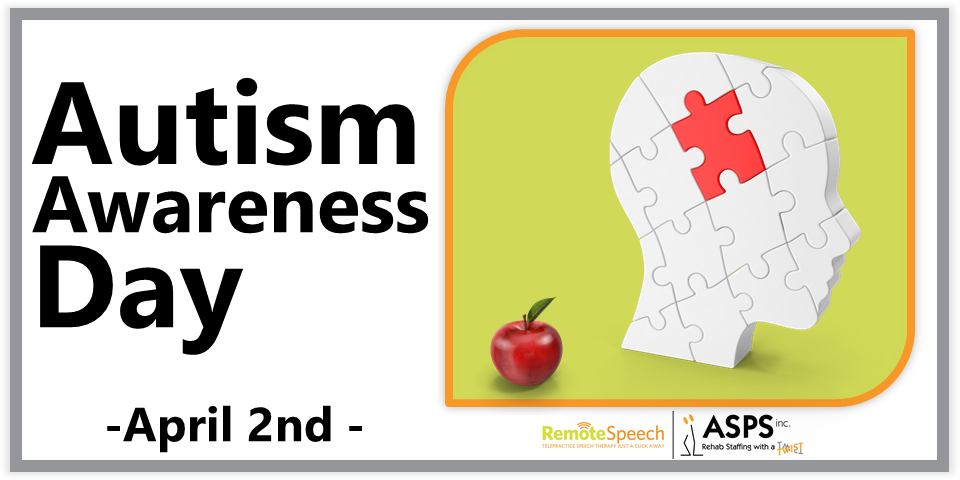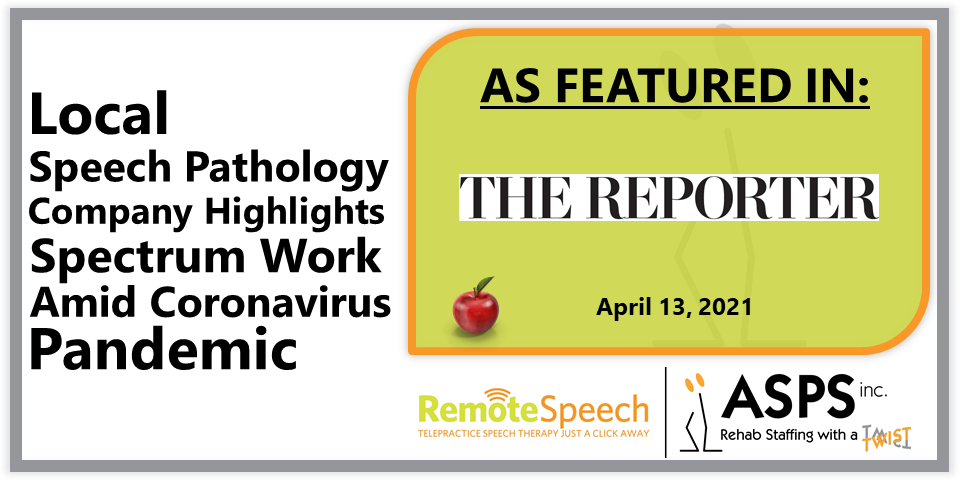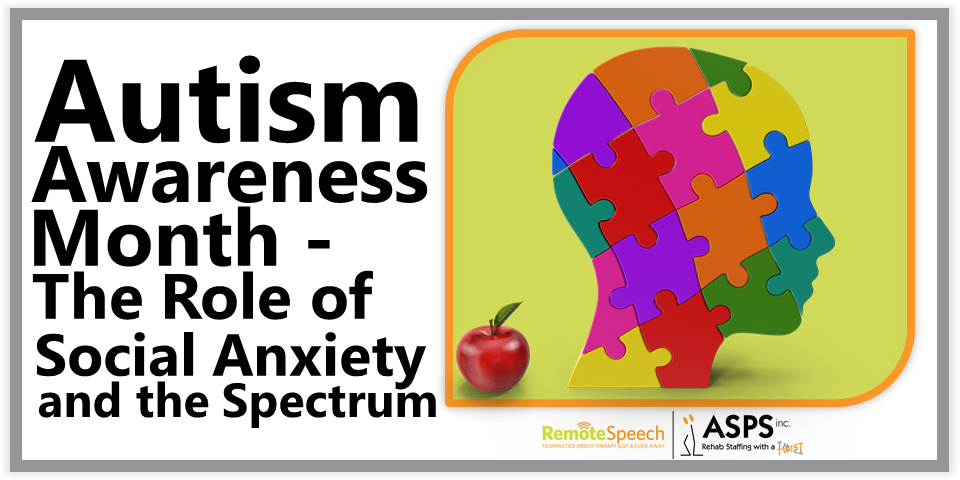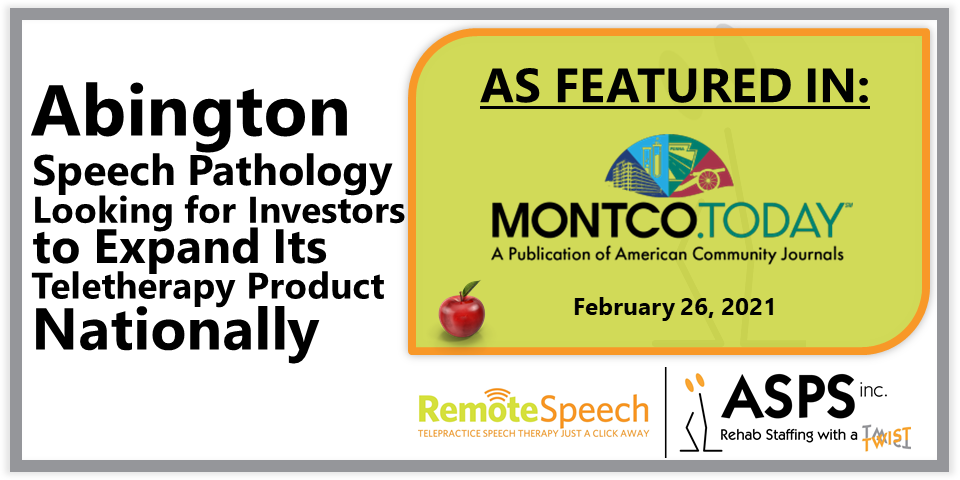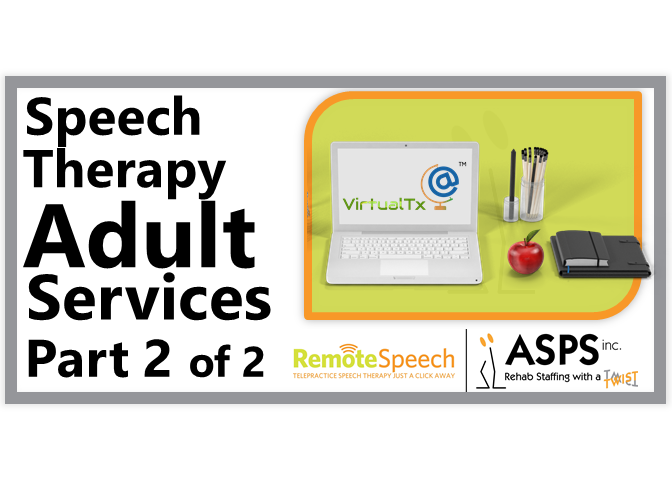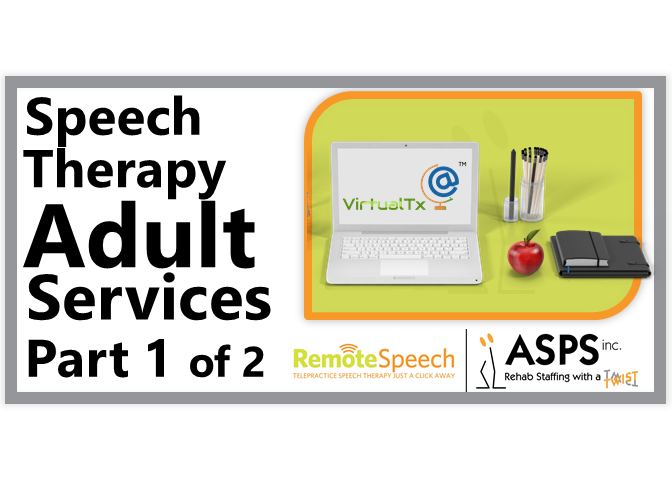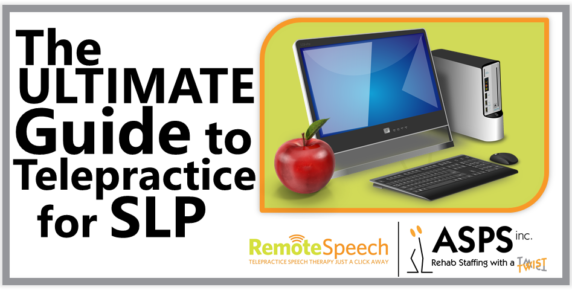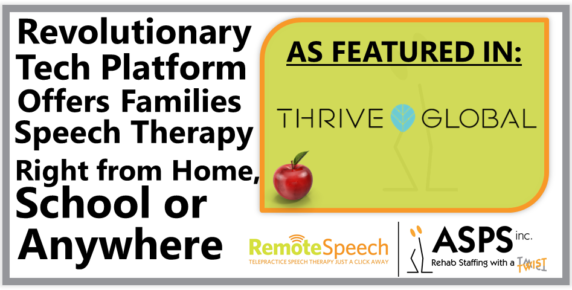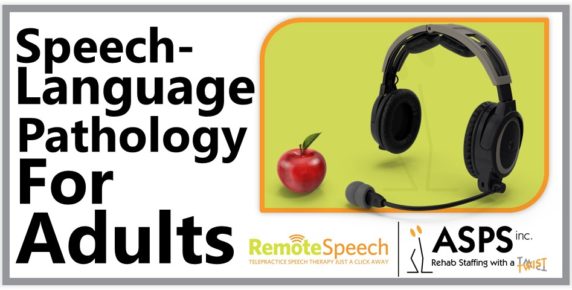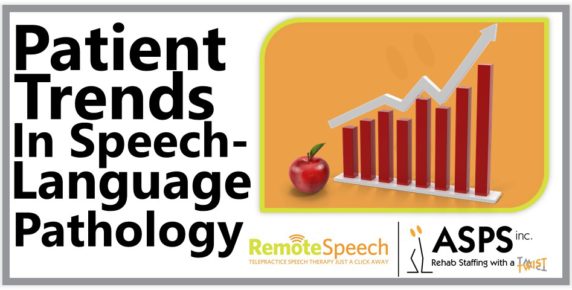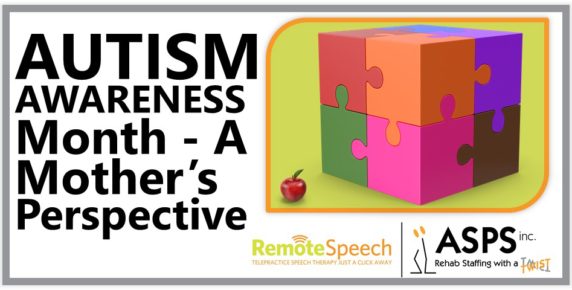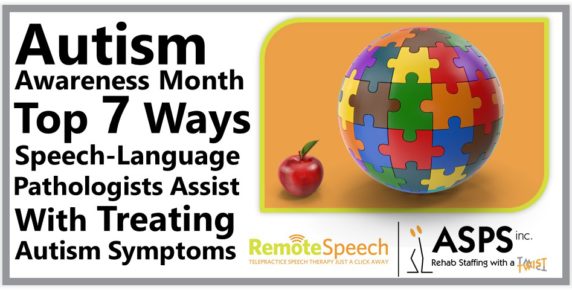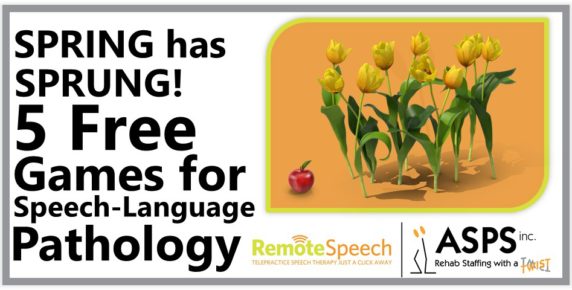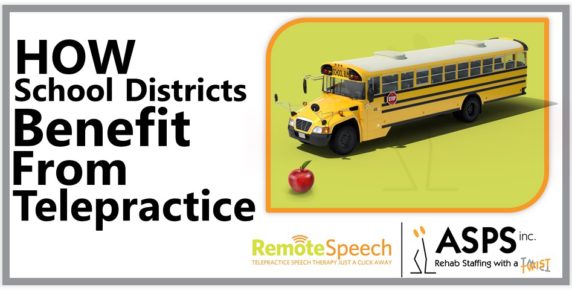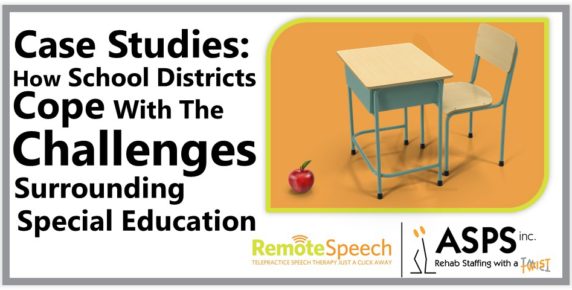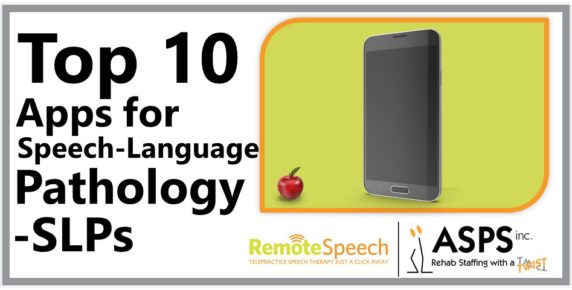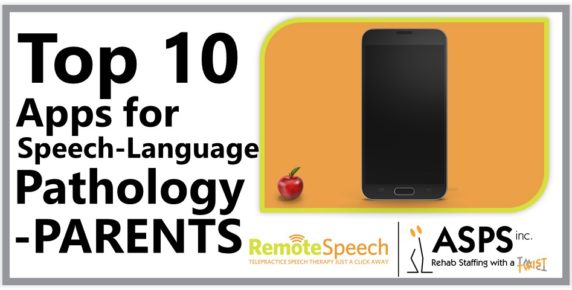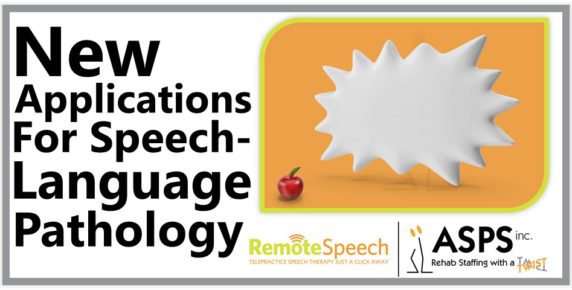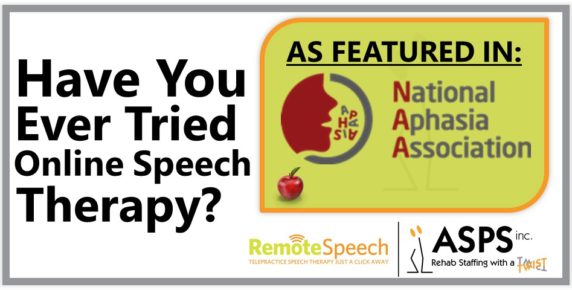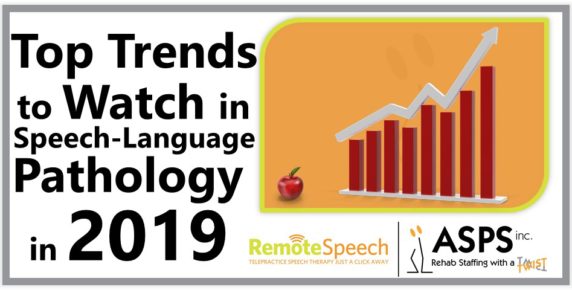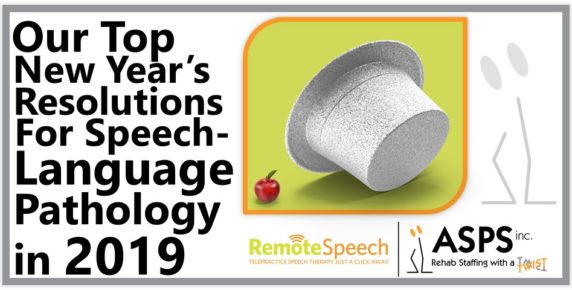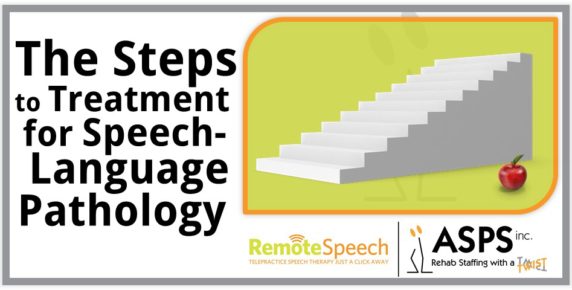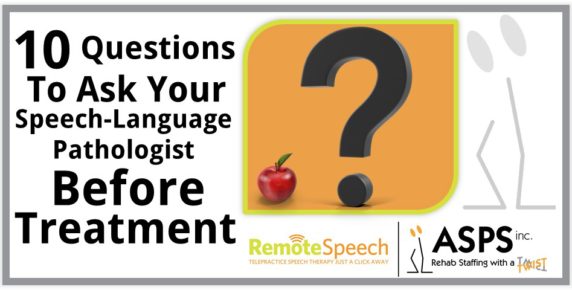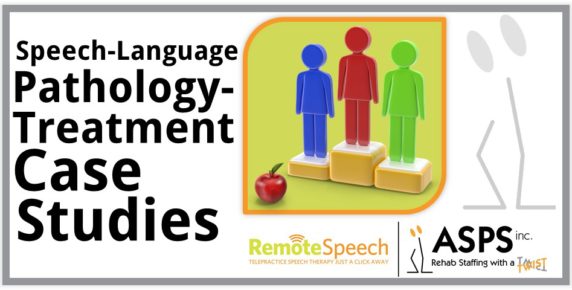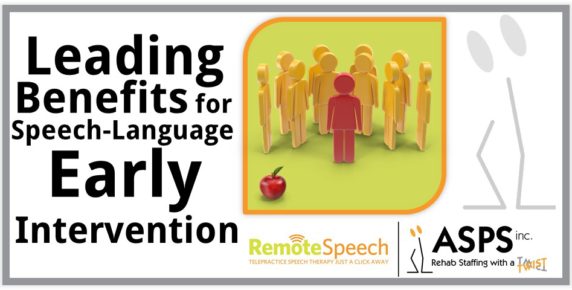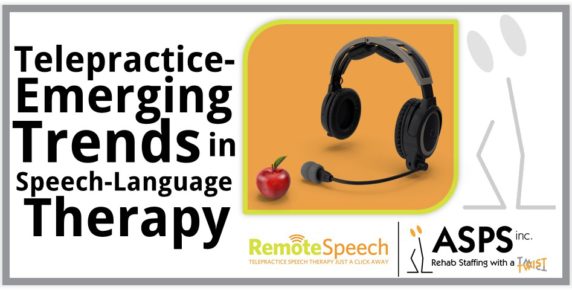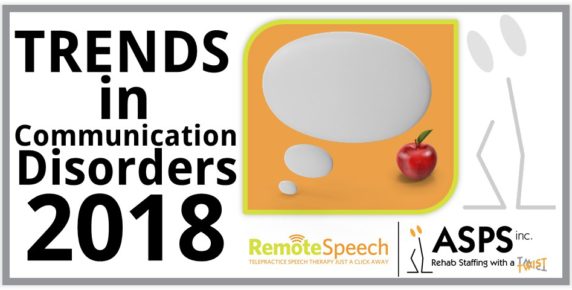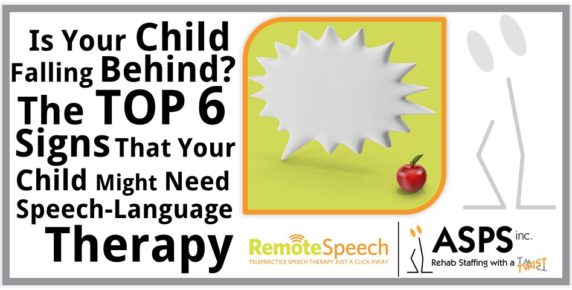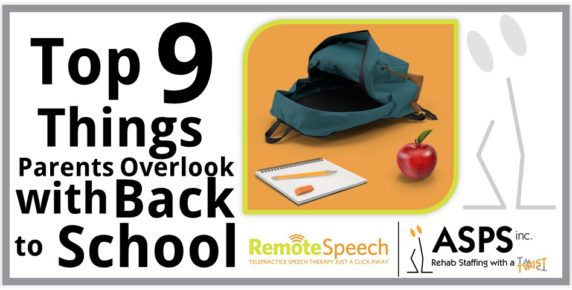Telemedicine
In a post-Covid world, health care providers, clinicians and parents are navigating new waters. Although telemedicine has been recognized by the Mayo clinic as an effective resource since 1997, many have viewed it merely as a pandemic band-aid.
In the early days of the pandemic, school districts and private SLPs were trying to find ways to meet the needs of students in an educational world that changed almost overnight. Zoom and online therapy became a lifeline for millions of families. Yet in most situations, therapists were not adequately trained nor had a full command of resources. In fact, 68.6% of clinicians did not receive formal training before or during the pandemic.
Hard work, resiliency and dedication became the cocktail that made the best of a less than ideal situation. As clinicians received more training and had access to better tools, many adapted and were able to offer more personalized and engaging sessions. Virtual evaluations helped SLPs understand individuals’ specific communication needs by observing the environment and making suggestions and developing functional goals for everyday life. Including parents/caregivers in therapy sessions allowed for follow through with practice and reinforcement. This was particularly powerful for patients with autism as structure and consistency is key. Students adapted and therapists learned, but would these positive outcomes extend beyond the pandemic?
A New Normal
As we all have yearned to return to “normal”, can teletherapy be part of a “new-normal”? Research is telling us the answer is yes! There is an uptick in scholarly papers on the topic revealing a definite interest in the topic. Although SLP’s were faced with challenges and initially did not enjoy the online models of therapy, in a study published by the National Library of Medicine, some benefits were noted. Clinicians observed some unique strengths of telepractice for some, if not all, client families. Convenience was a big advantage of telepractice, such as saving traveling time and serving rural families easily. Some parents appeared to be more involved in teletherapy sessions than in in-person services, and some parents had more interactions with their children. In a survey by researchers, nine out of the ten clinicians hoped that telepractice would continue to be an option for future speech-language therapy. Even prior to the pandemic, a study in Australia yielded positive results regarding the effect of teletherapy for primary children from all stakeholders (therapists, parents, and patients). The real time interactions on videoconferencing created learning experiences that were similar to in-person sessions.
A Welcome Answer
Pandemic aside, the value of convenient and accessible virtual care has been realized. Now that patients know they can receive high-quality health care and related therapies without leaving their homes, it’s proving less enticing to return to old models of care. School districts are embracing teletherapy as it can be a welcome answer to budget, time and space constraints.
Erin Heinerichs, Clinical Director of Abington Speech Pathology Services and RemoteSpeech has said, “We are seeing many schools interested in onboarding a remote therapist due to lack of staffing but also for consistency. Sessions are reliable, and schools are staying in compliance while also providing make up sessions. The most important thing is students are making progress!” Erin’s company has been seeing patients online since 2016. “As a therapist, I am able to meet with a client in London, Philadelphia and Texas all in one day! With the right resources, SLPs can meet the needs of a wide band of patients in terms of location, age, diagnosis… it is an exciting time to be in this field. In a weird way, the pandemic just brought to light what we have known for years. Remote therapy is convenient, economical and effective.”
Untapped Potential
Sure, there are some challenges to consider: insurance coverage, universal and appropriate materials, consistent training of SLPs etc. However, as hybrid work models remain across the country in almost every business space, the education and healthcare sectors need to find ways to continue to embrace teletherapy. It is a safe, convenient and powerful model with unchartered potential for children and adults with speech and language needs. The sky is the limit- or shall we say teletherapy is!

About RemoteSpeech, LLC
- RemoteSpeech, has provided teletherapy services to early intervention organizations, charter schools, public and private schools to thousands of clients with varying clinical issues.
- Since 2003, we have pioneered effective speech therapy in an online environment.
- RemoteSpeech serves as a platform connecting the nation’s leading speech language pathologists with students, parents, and educators with live, face-to-face delivery of complete, higher level speech therapy and diagnostic services.
- In many ways, RemoteSpeech telepractice surpasses in-person therapy with advanced state-of-the-art games, activities, and interactive screen sharing.
- Schools enjoy the advantages of working with highly trained speech language pathologists, but with significantly lower operating costs.
- Adults with limited transportation who would like to continue to improve their speaking and cognitive abilities benefit greatly from online telepractice.
- Children and parents find relief in the comfortability, convenience, and ease of having therapy at their fingertips.








